The post 14 Senior Picture Ideas to Get You Inspired appeared first on Digital Photography School. It was authored by Simon Ringsmuth.

High school senior portraits are some of the most exciting and rewarding projects for any photographer. Stress levels are low (compared to wedding photography, anyway!), and these young seniors are happy, excited, and looking forward to the future.
You are photographing your subject at a unique point in their lives, and even after doing this for years, it’s still one of my favorite types of photography. If you have never done a high school senior photo session, or you’re a seasoned photographer seeking some inspiration, here are 14 senior picture ideas to jumpstart your creativity and give you some new directions to try.
1. Get the classic headshot

Creativity is always good, but I recommend making sure your bases are covered before really cutting loose.
So start your session with some classic headshots. This has several key benefits; first, it puts your client at ease and helps show them you are a serious professional who knows what you’re doing. Additionally, headshots can help break the ice and serve as the jumping-off point for some more fun ideas later on.
Plus, a headshot gives the senior a nice photo to use in the yearbook or as a social media profile picture. Headshots won’t win awards for originality, but they serve a valuable purpose, and no high school senior photo session is complete without a few!
2. Use backlighting to spice up your portraits

In a studio setting, it’s generally a good idea to position the primary light source, also known as the key light, behind you so that it’s illuminating the face of your subject. However, it’s also nice to have another light source behind your subject to provide a bit of backlighting and create a glowing effect around their head.
When you’re out in nature, you can accomplish this by shooting late in the day and positioning your subject so the sun is behind them. This creates a fun, dynamic look that can really elevate your portraits – and it’s an effect that can’t be easily faked with a social media filter.
3. Involve the senior’s four-legged friends

When I’m doing portrait photography, I like to be in control of the situation, so including pets always adds a bit of stress that I don’t really appreciate. However, high school senior pictures aren’t about me – they’re about the clients! And if you can learn to loosen up a bit and let these young students bring their pets along for the shoot, you’ll get some great results.
After all, pets put people at ease, and they also add a fun element of serendipity to the situation. You won’t always get award-winning shots, especially if the pets aren’t cooperating, but you will get pictures your clients will love. Just make sure someone else is with you, such as the senior’s parent or friend, to help corral the animals and then take them home after their part in the photoshoot is over.
4. There’s no place like home

I almost always do high school senior pictures out on location, but you can also get great results in the senior’s backyard. In fact, you’ll often find some interesting options at their home for sitting, posing, or family member involvement that just don’t materialize at parks or on bridges.
I don’t recommend doing all the pictures at the senior’s home, but you might be surprised at the results you can get if you keep your eyes open. Also, starting the photoshoot at the student’s house helps build a sense of trust and can lead to some great conversations; this can be helpful down the line if you need things to talk about while shooting elsewhere.
5. Bring on the band

Many high schoolers play instruments, which can easily be incorporated into a senior photo session. Some of my clients have told me that these shots ended up as their favorites, and I often feel the same.
Therefore, when you sit down with seniors to discuss the session and explain your process, let them know that they are welcome to bring their guitar, clarinet, trumpet, or even a drum set! It might add an unexpected challenge to the session, but the results are worth it, and it’s a great way to build a positive reputation among your clients and their friends.
6. Get formal with a cap and gown

Much like headshots, cap-and-gown photos won’t win awards for creativity, but they’re classic images your clients will appreciate years down the line.
So ask your client to bring graduation regalia to the photo session and get a variety of shots with them all dressed up. The pictures will look great on invitations and announcements, and parents love to buy prints and hang them on the wall.
7. Show some sibling love

Do your high school senior clients have brothers or sisters? If so, ask them to take part in the photoshoot! You probably won’t want them for the whole session, but bring them in at the beginning or the end to add variety.
Get some shots of your subject and their sibling hugging, joking, or just talking; this can add a great deal of levity to what is sometimes a stressful situation, and you might also capture some candids that everyone really likes.
Plus, these sibling shots are always a favorite among parents, which will lead to more business for you down the line when the other children need photos as they grow up.
8. Invite their parents

Lots of photographers focus solely on the high school seniors, but if you’re looking for an added element to make memorable pictures, then ask the parents to pose for a few shots, too!
You don’t have to go overboard; just grab a few shots at the beginning or end of the shoot, and parents will love it. After all, the adults in these students’ lives always appreciate the chance to be involved. In a few short months, their babies will be off to college, and these photos will create some powerful memories that will be cherished for years.
Group photos also help build a sense of trust between you and the parents and send the message that you know what you are doing and are serious about your craft. That leads to repeat business and can help generate some powerful word-of-mouth advertising, too.
9. Take a stroll for great shots

If you’ve run out of ideas and aren’t sure what to do with your high school seniors, here’s some simple advice: just have them take a walk!
Find a spot with good lighting – like an alley or covered pedestrian path – and have your subject walk toward you while you capture a series of photos. This technique works great with a telephoto zoom; start by zooming in all the way and then slowly zoom out as your subject closes the gap (you can slowly step backward if you need to).
You’ll end up with a lot of pictures to wade through, but even if you only keep two percent of the walking-style shots, they’ll likely be extremely memorable.
10. Showcase the senior’s talents

Many high school seniors have special talents and skills they like to share with others, and these are great to keep in mind for photo sessions.
Invite your client to bring their skateboard, scooter, or unicycle to the shoot. Get some photos of them hitting a golf ball, swinging a tennis racket, or shooting a basketball.
Even if the talent doesn’t involve a lot of physical movement – e.g., writing computer code – you can still find creative and interesting ways to showcase it, and it’ll give the senior some photos they’ll cherish years down the line.
11. Explore the downtown

You might be surprised at how many great shots you can get by wandering through the downtown of any city. From small towns to suburbs to large metropolitan areas, downtowns are rife with brilliant colors, interesting backgrounds, and great lighting conditions (even in broad daylight).
You can usually find a building or an awning that provides plenty of shade; that way, you can shoot photos without your subjects being blown out by harsh sunlight.
12. Visit the classic local spots

Where I live, there’s a spot that’s always brought up when I’m discussing photo sessions with clients: a set of metal steps next to a certain building downtown. Clients love to get their pictures taken on these steps, but when I first started out, I saw them as a crutch. A cliché. A relic of the past that should be forgotten. Why go to the downtown steps when there are so many other interesting picture locations? Then I got over myself, embraced the idea, and my clients have loved the results.
There’s probably a similar spot where you do senior portrait sessions, too: an overused location that makes you roll your eyes when it comes up in conversation. My advice is to embrace the tradition and just go there anyway, at least for a few shots before heading elsewhere. Even though you might not personally think it’s a great spot for senior photos, your job is to get the best possible photos of your clients.
13. Explore a botanical garden

Most urban areas have some type of public garden, and these always work great for high school senior photos.
Of course, don’t just take the same standing-in-front-of-flowers shots as everyone else. Get off the beaten path a bit and try to find new ways of looking at familiar spots! Search for greens and oranges that will make your client stand out, or work with the seniors beforehand to plan their wardrobe accordingly.
Take a stroll by yourself or with a friend before you do the photo session and look for interesting lighting conditions or hidden locations that people normally ignore.
Finally, look on social media for hashtags commonly used at these locations for fun portrait ideas to try, or – better yet! – so you know the cliché shots to avoid.
14. Above all else, have fun!

When I first started doing high school senior pictures, I was so focused on the images that I left out the element of enjoyment. I was a serious photographer with a serious job to do. I quickly learned to loosen up, laugh a lot, and have fun with my clients. These young students are on the cusp of a very important time in their lives, and as a high school senior photographer, you have the incredible opportunity to catch this critical moment before it slips away.
So enjoy it! Laugh with your clients, talk with them about college or other post-high school plans, and get to know them throughout the session. Your photos will look better, your clients will enjoy their time with you, and you’ll get lots of referral business as a result. Studying techniques, locations, and posing tips is great, but if you and your clients aren’t having fun, then you’re doing something wrong.
Senior picture ideas: final words
These senior picture ideas are a good way to get inspired, but ultimately the success of your photo sessions is up to you. Use this article as a starting point but try your own ideas, find your own style, and do what works for you and your clients.
It also helps to find a friend or family member who can help you practice so you’re better prepared during the actual photo sessions, and this article should give you some good ideas to try!
Now I’d love to hear from you:
What tips have you found that work well when you are photographing high school seniors? What pitfalls or mistakes have you made that you want others to avoid? Share your thoughts in the comments below!
Senior picture FAQs
Don’t get too picky. Solid colors are great, but I have had the best results when my clients are relaxed and enjoying themselves. Instead of colors, think of styles: formal, casual, etc., and have your clients dress appropriately or give them the opportunity to change outfits. And of course, make sure to have them bring their cap and gown if they have it!
This can depend on many factors, but in general, your photo sessions should be about an hour. That’s almost always enough time to get the photos you’re after, though you can take longer if you need to factor in location changes, different outfits, etc. Just remember that the longer things go, the more likely your clients will become tired or bored, and you risk losing the energy and excitement that happens early in the session.
I like to shoot these types of pictures in the evening when the sun isn’t high overhead. The lighting is usually softer, and you will have an easier time finding locations that are evenly lit.
If you’re struggling to find new locations for your photo sessions, just get in your car and drive around. Start with parks or other public spaces. Have you examined them from every angle? Are there new spots in these locations you haven’t considered? I have found some of my favorite photography spots completely by accident (all it took was a little driving around town). Just make sure photography isn’t prohibited, and that you have permission before you start taking pictures!
The post 14 Senior Picture Ideas to Get You Inspired appeared first on Digital Photography School. It was authored by Simon Ringsmuth.































































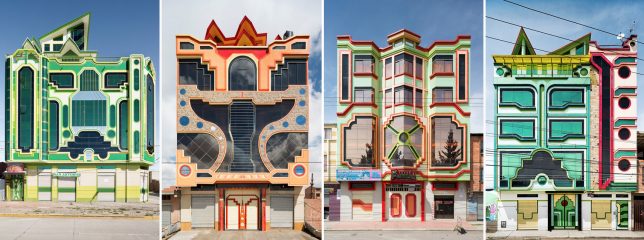
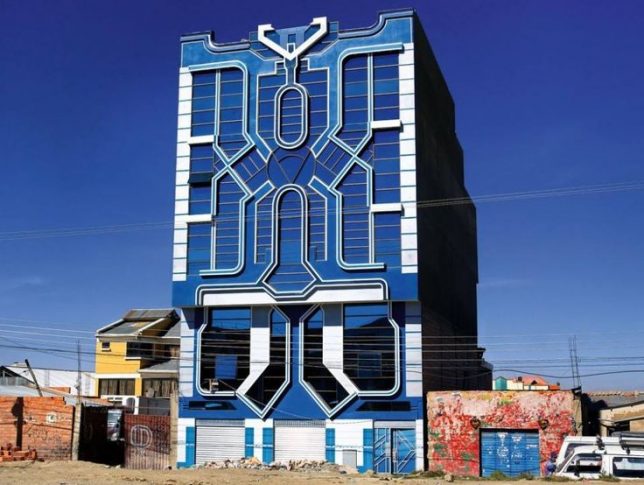
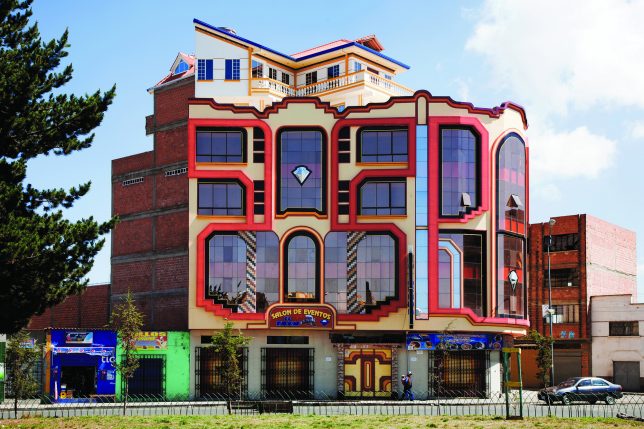
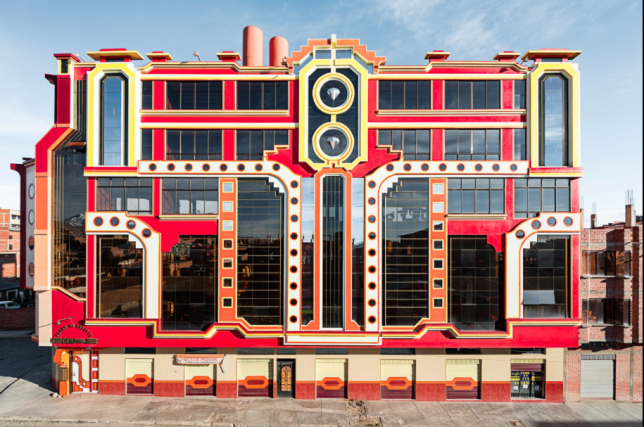
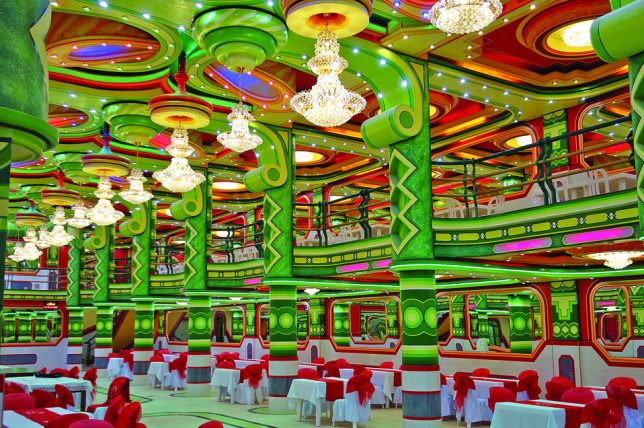
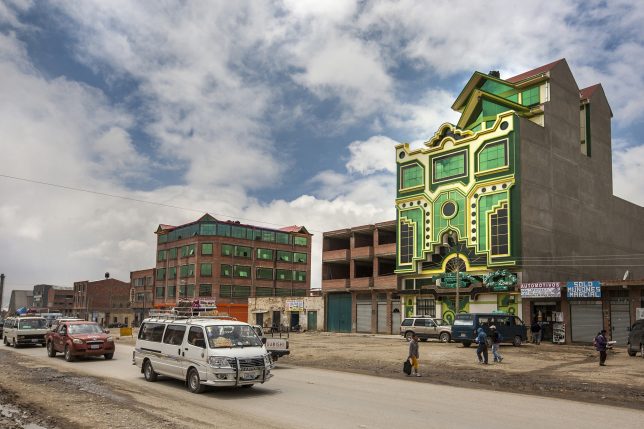
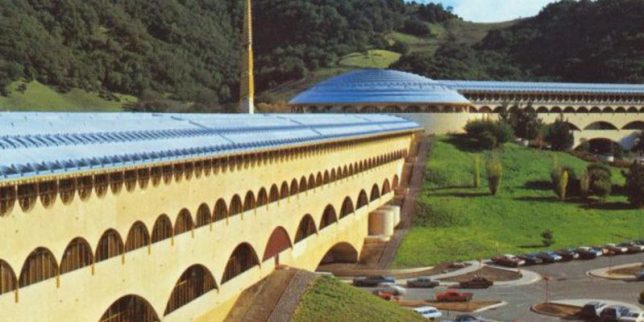
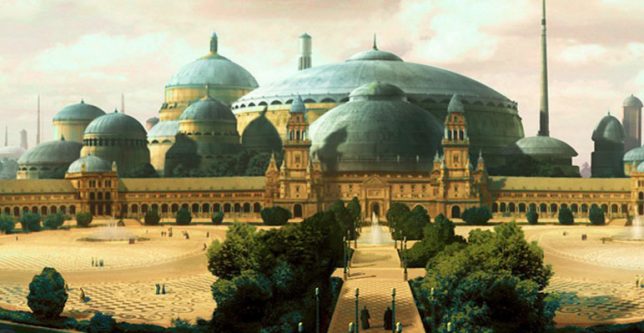

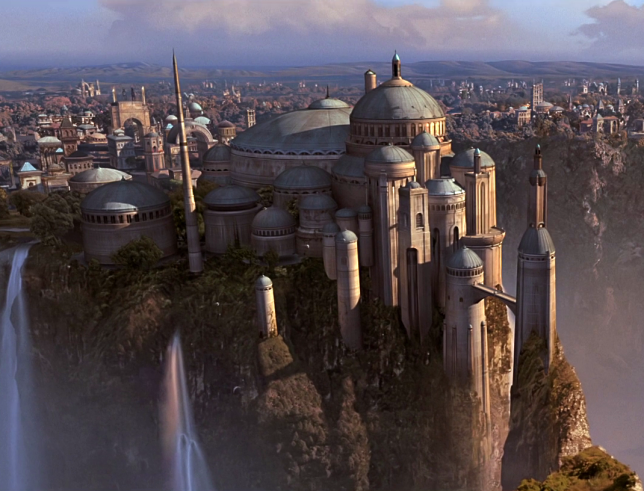
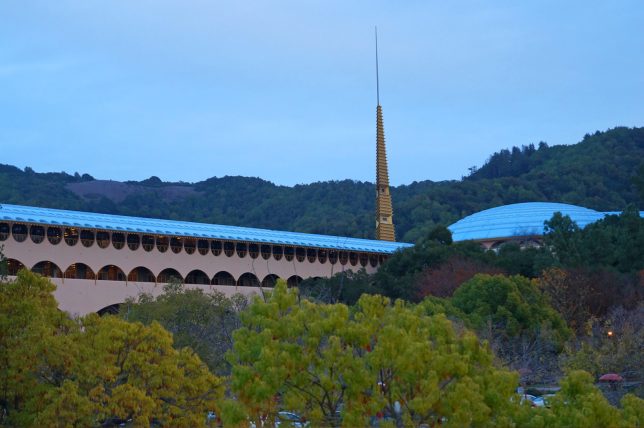
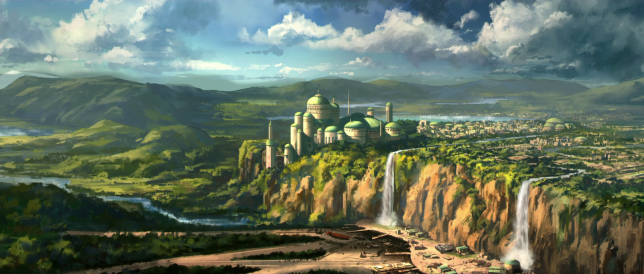




You must be logged in to post a comment.